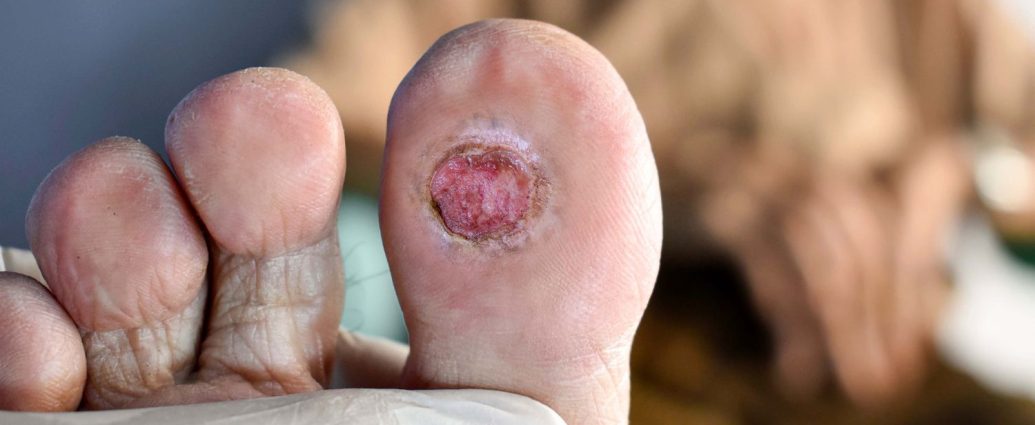Known from ancient times, diabetes is a disease that did not have an effective treatment until the discovery of insulin. A breakthrough that is considered one of the great milestones in medicine given the important benefits it brought to improve the quality of life of patients with diabetes. Insulin treatments began in 1923, been constantly investigated since that time in search of new advances for both blood glucose measurement and the correct and easy application of insulin injections.
Either way, and bearing in mind that there is not yet a definitive cure for diabetes, knowing in depth what diabetes is, its causes, symptoms, and treatments is an interesting starting point to better face the disease and improve in quality of life. It should be borne in mind that the prevalence of diabetes in Spain is 13.8% and that up to 6% of diabetes patients are unaware that they have diabetes.
What Is It?
Diabetes is characterized by a chronic disease and has as its origin a failure in the pancreas. Thus, this organ stops synthesizing a sufficient amount of insulin to respond to the needs of the body or produces it with a low quality or the one that is synthesized is not used properly.
Insulin is a hormone needed for blood glucose levels to remain at appropriate values. A hormone that is produced in the pancreas and whose role is fundamental to the transport of glucose inside cells and its transformation into energy for the good condition and functioning of tissues and muscles. When not properly distributed, the blood glucose level is fired and the dreaded episodes of hyperglycemia occur. High glucose can affect the kidney, heart, and arteries with such fatal effects as heart attacks, vision loss, leg amputations, and kidney problems.
Types and Causes
According to specialists, there is no exact cause as it always depends on the type of diabetes that affects the patient. Thus, the following typology can be established:
Diabetes mellitus type 1
This first type of diabetes is usually typical in children, although it can also occur in adolescents and adults. This type of diabetes is usually associated with a certain genetic predisposition, in addition to certain environmental factors. It is an autoimmune reaction and the body destroys the cells that produce insulin.
Diabetes mellitus type 2
This variety usually arises in adulthood, being more frequent in older people. Insulin no longer acts effectively and the pancreas does not generate enough. In addition to age, another of its main causes is obesity as fatty tissues influence the decline and sensitivity of insulin receptors. This is one of the most common types of diabetes in Spain.
Gestational Diabetes
This type of diabetes is common in pregnant women due to the great need for insulin required to increase energy reserves. If you don’t get that extra insulin intake, then you’ll be in the face of gestational diabetes which usually disappears after delivery. But it’s important to keep an eye on the level of blood sugars as these women have more predisposition to developing type 2 diabetes.
Symptoms
The symptoms of diabetes will be more or less noticeable depending on whether glucose rises more or less quickly. Thus, a slow rise in glucose will make symptoms barely appreciable and the disease goes unnoticed even for years. A process that generates complications, with early detection of the disease needed to provide adequate treatment. Among the most common symptoms:
• Polyphagia or the constant feeling of hunger.
• Polydipsia or feeling very thirsty.
• Polyuria or constant urge to urinate.
• A noticeable weight loss.
• Feeling tired.
• Numbness and tingling in feet and hands.
• Superficial fungal infections.
• Blurry vision.
Prevention
About the prevention of diabetes, it is only possible to prevent type 2 diabetes, not yet feasible that of type 1.
As one of the main causes of type 2 diabetes is obesity, any action we take to lose weight will help keep glucose levels in normal ranges. If we change a sedentary lifestyle and unhealthy, unhealthy foods for an active lifestyle, with daily exercise and a Mediterranean diet, we can control glucose levels and slow the development of type 2 diabetes.
Also, although we have already been diagnosed with the disease, we will have to stay active and diet to avoid major complications such as cardiovascular, kidney, and other problems such as retinopathy or diabetic foot. Daily control of blood glucose levels, especially hypoglycemia, will be essential to avoid this type of complications.
Treatment
Treatment of diabetes is preventive and controlled to always maintain blood glucose levels within the ranges considered normal. A treatment that usually combines a proper and healthy diet, physical exercise, and medication.
Treatment differs depending on the type of diabetes you have been diagnosed with. Thus, type 1 diabetes has insulin administration as the only treatment. The amount of insulin to be injected is based on the diet, physical activity, and glucose levels.
As we have already pointed out, in the case of type 2 diabetes mellitus, the treatments are more varied, it is advisable to combine healthy life, physical exercise, and weight loss, not always necessary to administer insulin.
